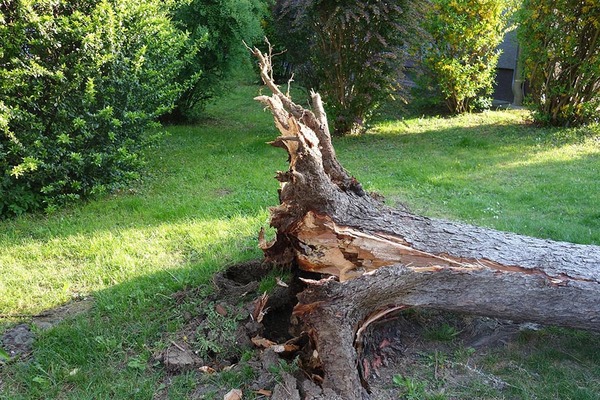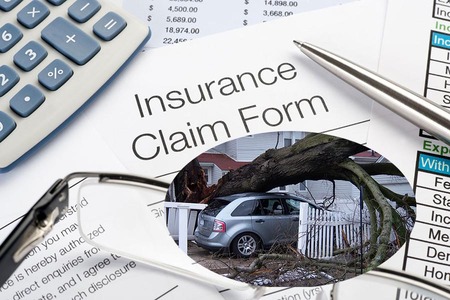Falling Trees and Your Homeowner Insurance Policy

A large tree or tree branch can cause serious damage to your home or outbuildings – falling trees can incur structural damage that requires significant repairs, and your family may even have to relocate while your house is being fixed.
But who is responsible for the tree falling, and who is responsible for picking up the tab on the repairs in the San Francisco area? Most importantly, will your insurance company cover repairs?
Typically, most homeowner insurance policies do cover falling trees and branches, but it depends on the circumstances surrounding why the tree fell.
Will homeowner insurance pay for removal of a tree?
It depends on the circumstances. This insurance does not cover the cost of removing a tree that has not yet fallen. The homeowner responsible for paying for general maintenance of your home and yard, such as pruning trees or removing a dying tree.
But if a tree fell in a storm and damaged the house, home insurance generally would pay for repairs to fix the damage and for removal of the tree.
Call your town or city government to learn what to do if a tree from your yard falls into the street. Some municipalities will remove the tree, and others will require you to do it.
Below are a few reasons that your insurance company will not cover a fallen tree:
- The tree fell because the property owners neglected to care for it irrespective of being aware that it was a danger.
- The tree was located on another person’s property and the property owner was neglectful of the tree (and aware that the tree needed maintenance). In this instance, your insurance company may ask your neighbor’s insurance company to cover the costs of repair.
- Your insurance premiums have not been paid and therefore are not covered.
- The fallen tree or branch was an “Act of God,” which is not covered by your insurance policy.
Your insurance policy will likely cover any damage caused by a tree that fell due to high winds, a storm, snow, or ice. It will also likely cover any damage caused by a tree that fell due to age or disease. While your policy will likely cover damage done to your home, your property’s outbuildings, your garage, a shed, or other similar structures, your policy may or may not cover fence damage.
As all insurance policies are different, the only way to be certain if your homeowner insurance policy covers fallen trees and limbs is to carefully read your contract. If you believe you have a valid claim and it is denied by your insurance company, you may wish to speak with an experienced insurance claims attorney.
If one or several of your trees are damaged during a storm or another incident, it is up to you to fully document the damage for an insurance claim. Write down all pertinent, detailed information and take pictures.
Where to Start
Begin by writing down the date and time of the tree damage. Detail exactly what happened. Describe the extent of the damage. Be sure to take notes when speaking with the insurance company adjuster, contractors, and other parties involved in tree removal, replacement, improvement, etc. Ensure that the details of each conversation are in chronological order.
Full documentation is not complete without pictures. Use your smartphone or digital camera to take pictures of the damaged tree(s) from several different angles to show the extent of the damage. The more complete documentation you can provide, the better the chances of a successful claim.
Stay Organized When Documenting Tree Damage
Your insurance claim is more likely to move more quickly if information is presented in an organized manner. It will help to have proof of your trees' existence, health, and condition prior to the damage. Take pictures of your trees at least once each year for insurance purposes.
Proving Your Claim to the Insurance Company May be a Challenge
The insurance company adjuster will ask that you prove the claim and provide supporting documentation. It is best to provide all relevant supporting documents at the outset of the process to prove your claim and avoid unnecessary delays.
Arborist Now is the ideal choice for handling your storm damage assistance and clean-up. Give us a call today for further assistance or answers to your questions!






